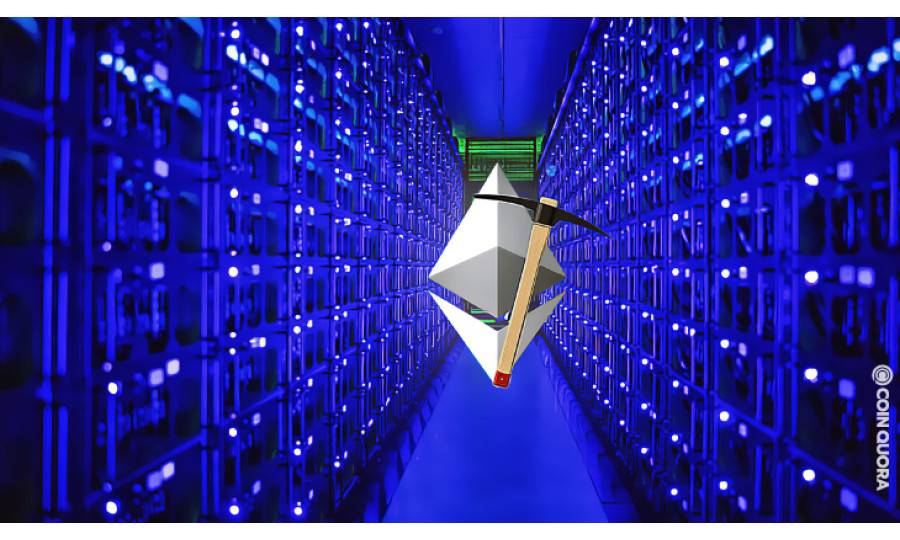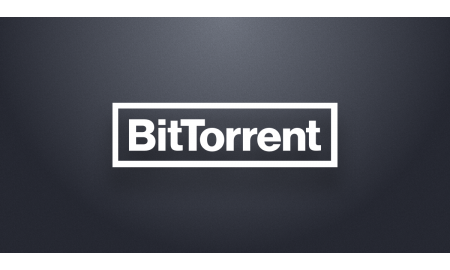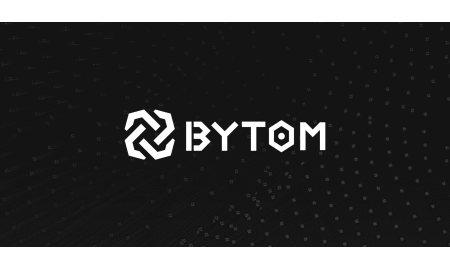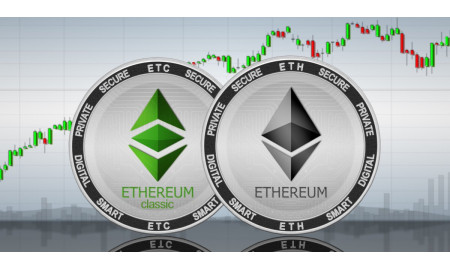April 18 2022
Ethereum Mining in a Nutshell

Ethereum is the first ever blockchain platform – every blockchain platform will have something more to offer rather than just accommodating a cryptocurrency.
Ether, core currency of Ethereum, is the second largest cryptocurrency, and highly anticipated to take over Bitcoin.
Ether mining is simple and fast. You can publish a block every 15 seconds. And, there is no limit how much Ether you can mine. But the amount of Ether mined in a year cannot exceed 26% of genesis mining.
What is genesis mining?
Ethereum project conducted an initial coin offering in 2014. The sale sold 60 million pre-mined Ether.
That pre-mine is nothing but genesis mining.
Real Ether mining began when Frontier, a name of Ethereum version, was launched in 2014.
If Ethereum blockchain is brain and neural system, mining is the heart. Along with producing Ether, mining runs blockchain and ensures security.
Let’s understand how the mining process works.
Proof of Work
It is a method to verify that a miner has expended considerable resources to publish a block – the process keeps blockchain healthy.
For example, if someone wants to spam the network with fake blocks, the spammer must spend significant resources.
And if anyone spammed the network, in no time nodes can identify the spammer, and would disregard checking or accepting fake blocks.
The miner solves a complex mathematical problem and sends solution along with block – this ensures the miner has used computational resources before publishing a block.
The difficulty of the problem frequently adjusts according to the total problem-solving speed of the network; so that it doesn’t take more extended periods to publish a new block.
Other nodes in the network upon receiving the new block will verify solution while checking the block.
The process goes like this:
- The blockchain is a sequence of blocks; the new block should link to previously published block.
- The new block should have timestamp bigger than the block it is referring to. And, the new block should not be older than 15 minutes.
- Block number, difficulty, transaction root, uncle root, and gas limit are checked.
- Proof of work solution is verified.
- Transactions are audited, and block header is verified.
How much is the mining reward?
- A static block reward that is constant with every new block published, currently it’s 3 ETH.
- Gas expended for those transactions – the fees paid are calculated in terms of
- Rewards are given for including uncles. Only a maximum of two uncles allowed per block.
What is an Uncle?
Typically, the Ethereum block time is under a minute. Sometimes, before a new block comes in, a published and valid block might not reach all network nodes.
Therefore, those non-propagated stale blocks will be included in new blocks. A stale block, included in another block, is called Uncle.
For including each uncle, a miner gets an extra 2.625 ETH.
Ethash
Ethereum uses Ethash algorithm for proof of work. This algorithm is memory intensive. The computing power can’t control the performance of the algorithm.
The Bitcoin mining algorithm SHA-256 is highly dependent on computing power. Memory available is not significant.
For that reason, Bitcoin mining is dominated by Application Specific Integrated Circuits (ASIC) designed for SHA-256.
As Ethash depends highly on memory, designing an ASIC would be futile.
Hence, ASIC resistant.
Think before buying mining hardware.
In few months Ethereum will move from proof of work to proof of stake. The proof of stake picks miners based on a pre-defined criterion. Not everybody can have a shot at this.
Ethereum will use Casper algorithm for proof of stake. A miner must deposit some Ether to publish a block. If the miner is guilty of malpractice, he will lose the deposit. The specifics, however, are not final until implemented.
So, if you’re planning on buying hardware, think about what you would do in the future. Buying new gear only for Ethereum mining won’t help.
Alternatively, you can do cloud mining. Here you rent servers for a specific period. When Ethereum moves to proof of stake, you can also move on.
Some cloud mining providers are HashFlare, Genesis Mining, HashGains, and Eobot.
Ethereum is a blockchain platform that consists of smart contracts. Miners are responsible for executing smart contracts. But, how does it work?
Every time a contract requires execution, it incurs a fee that spans as a transaction. We know that a block consists of transactions. Other nodes in the network will validate block. And, a contract is executed by nodes that verify a block comprising of the fee transaction.
What’s in it for nodes?
The publisher gets the reward, not the node that verifies the block. However, the verifying node is responsible for executing smart contracts.
It leads to the question, “why would a node allocate resources when there is no incentive?”
A node wishing to mine the next block must verify the block it is linking to. If it doesn’t check, there is a risk: a freshly mined block will be invalid if the block it is referencing is invalid.
Conclusion
Ethereum is a popular platform indeed also a successful one. Many tokens created for initial coin offering depend on Ethereum blockchain – and those offering typically sell the tokens for Ether.
So, at any time in the future Ether will be valuable – and mining Ether is a good prospect.
However, as said earlier, Ethereum core team also notes that the move to a proof of stake is eventual. Plan your mining endeavor accordingly.
Related articles






